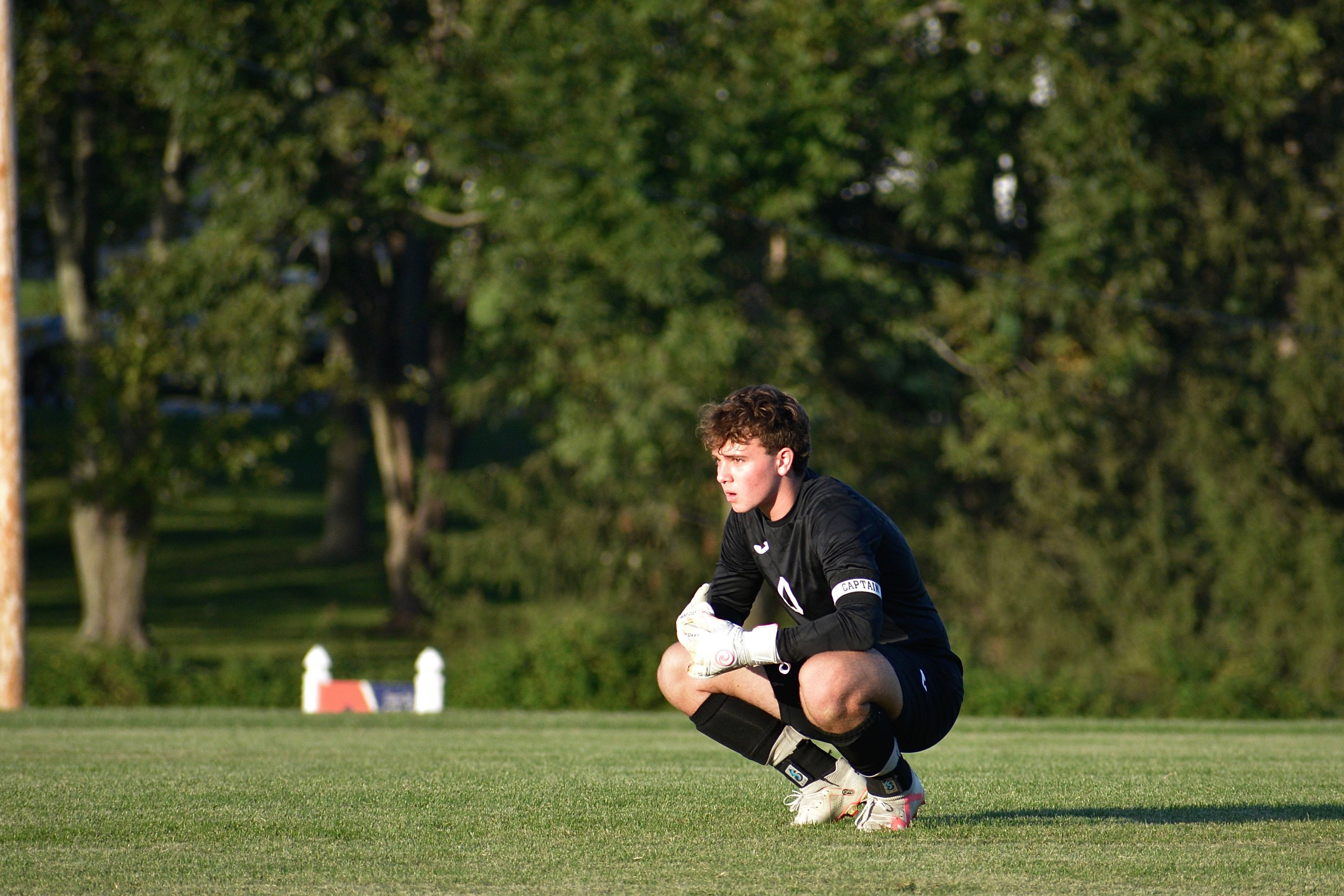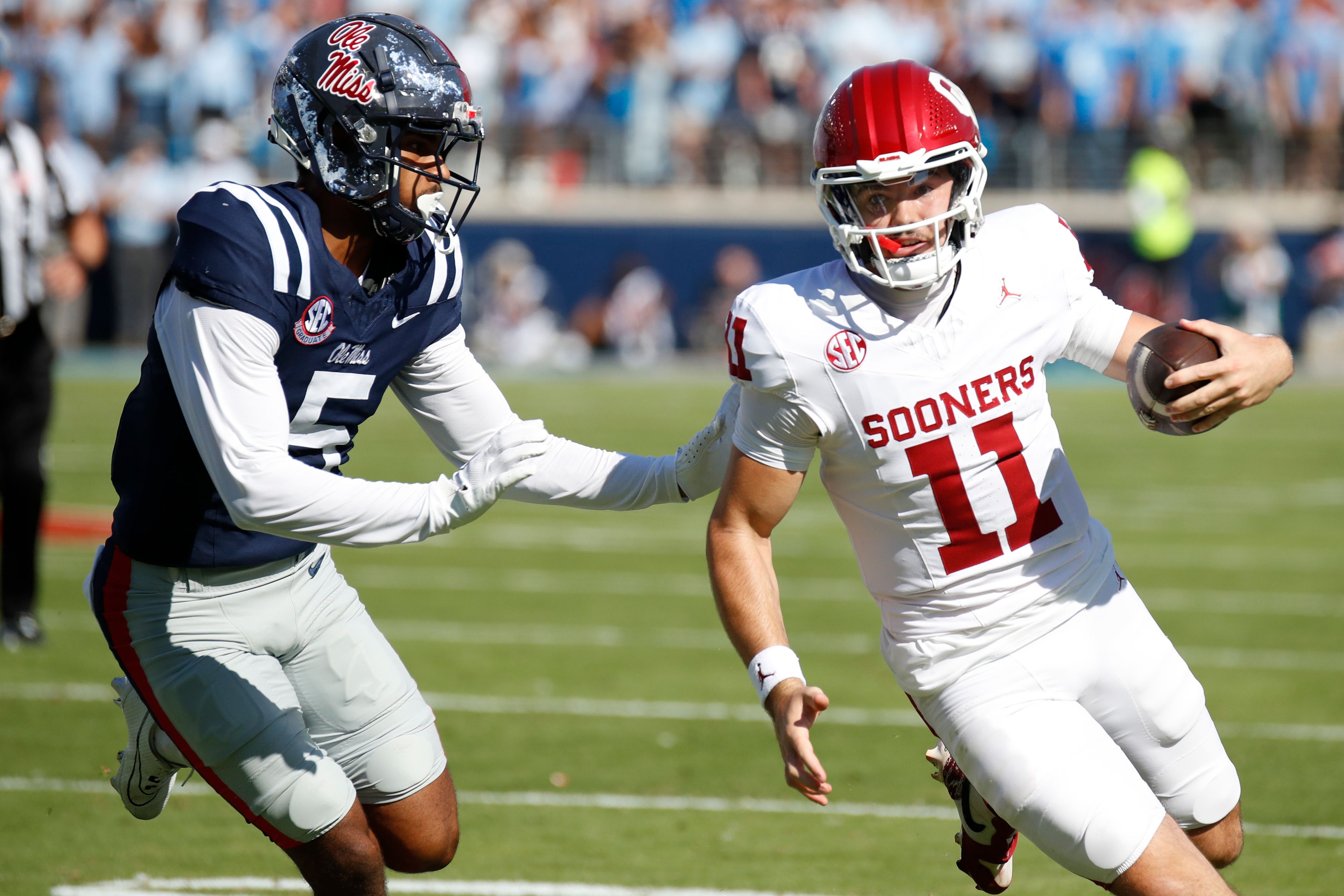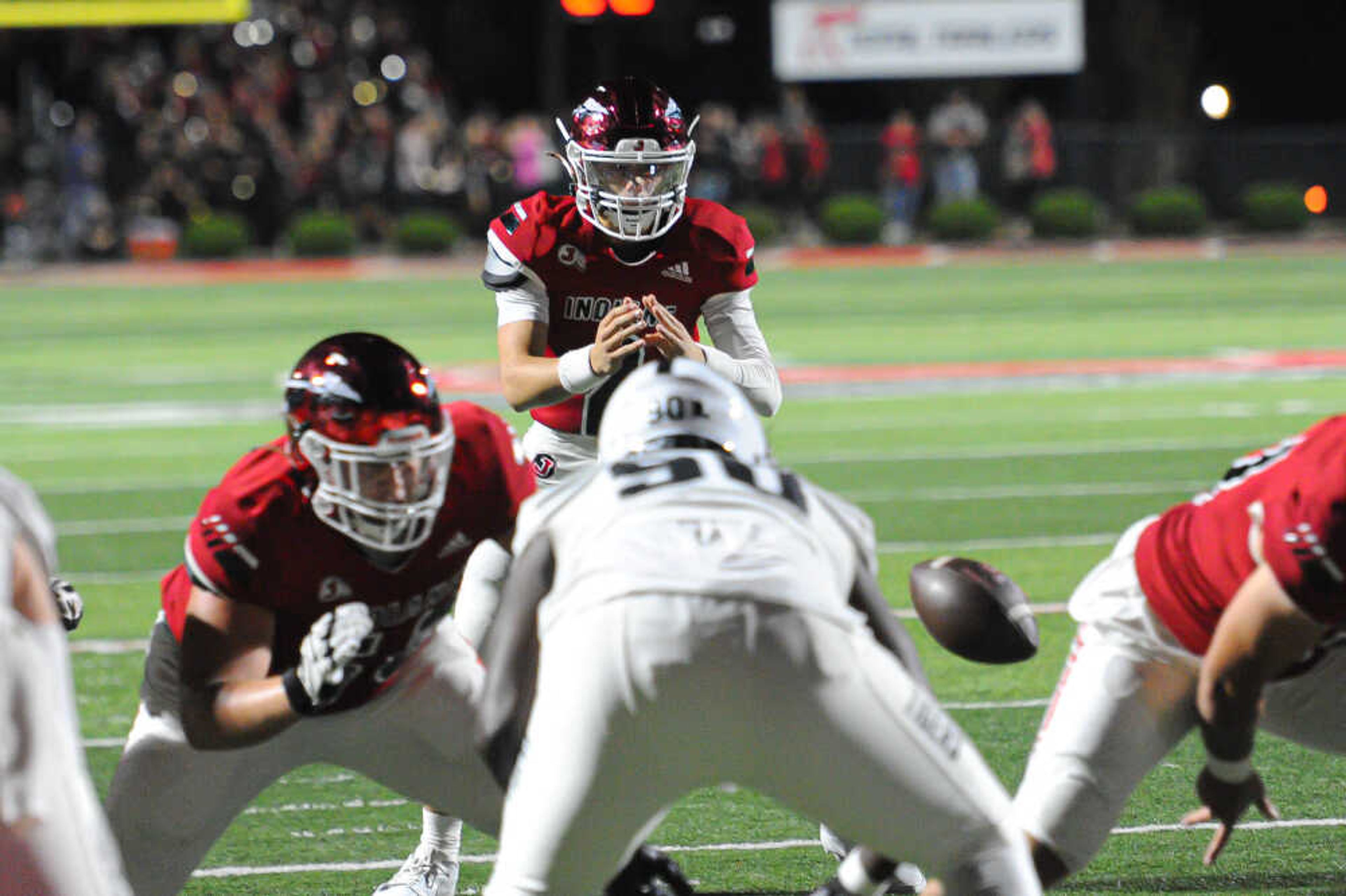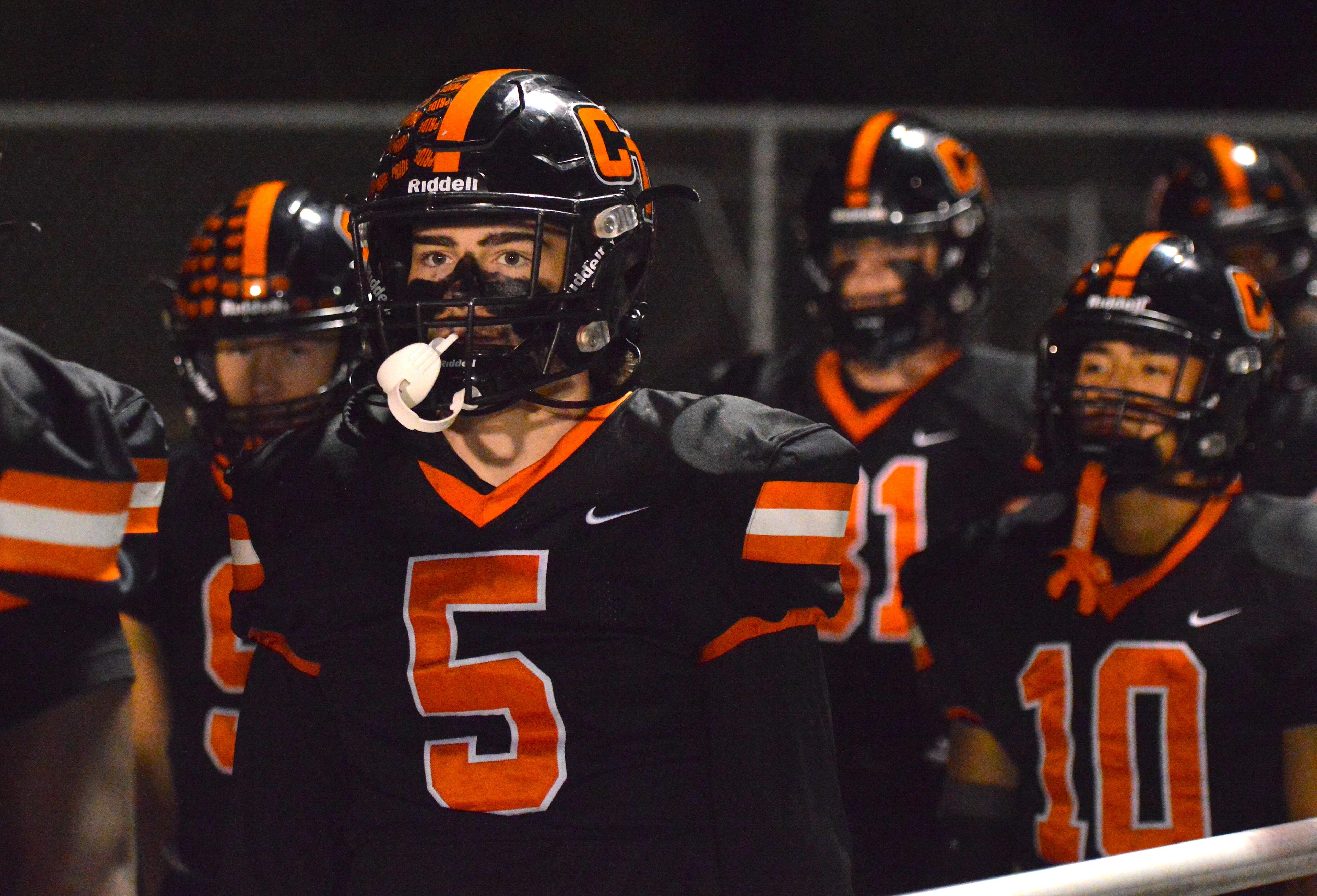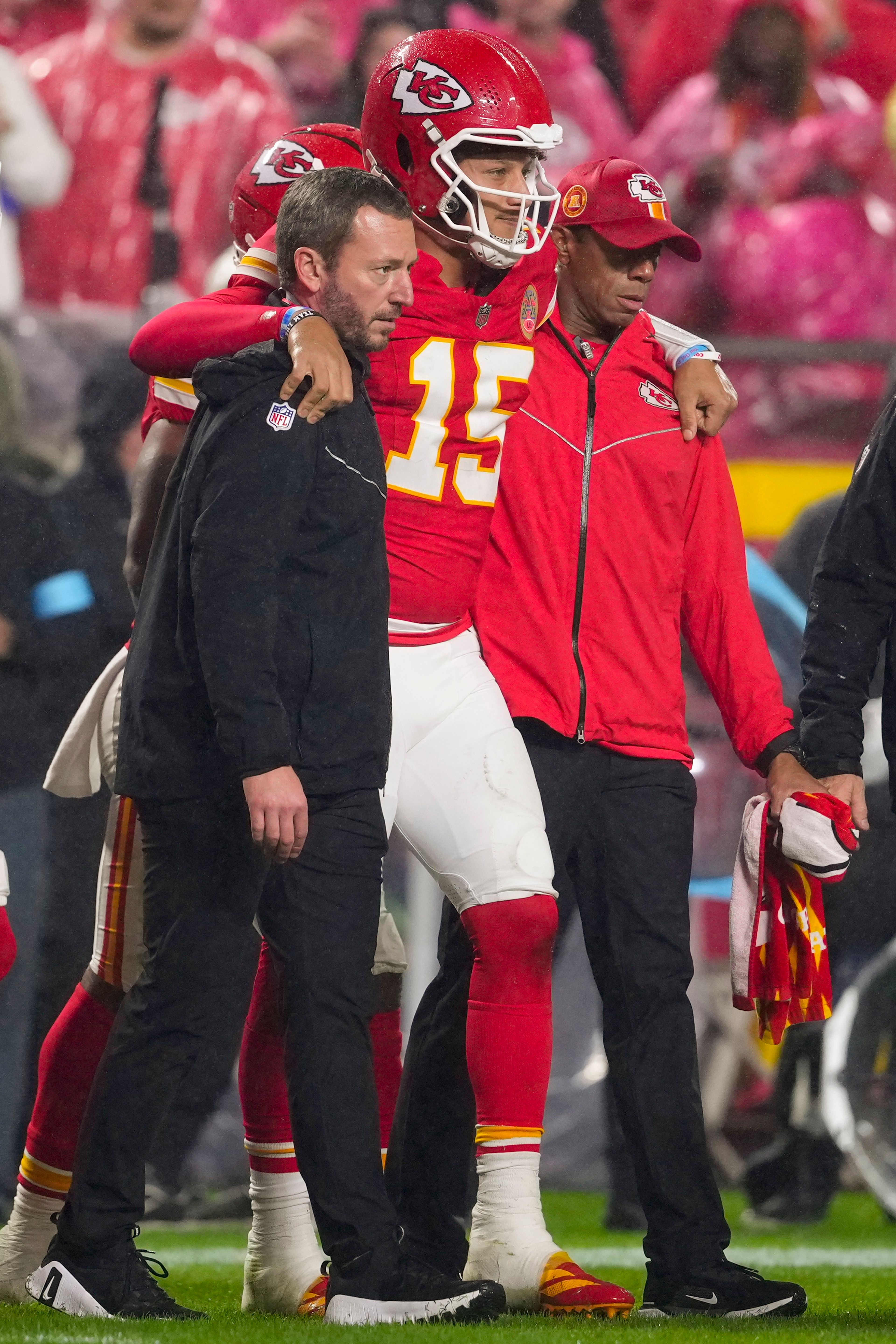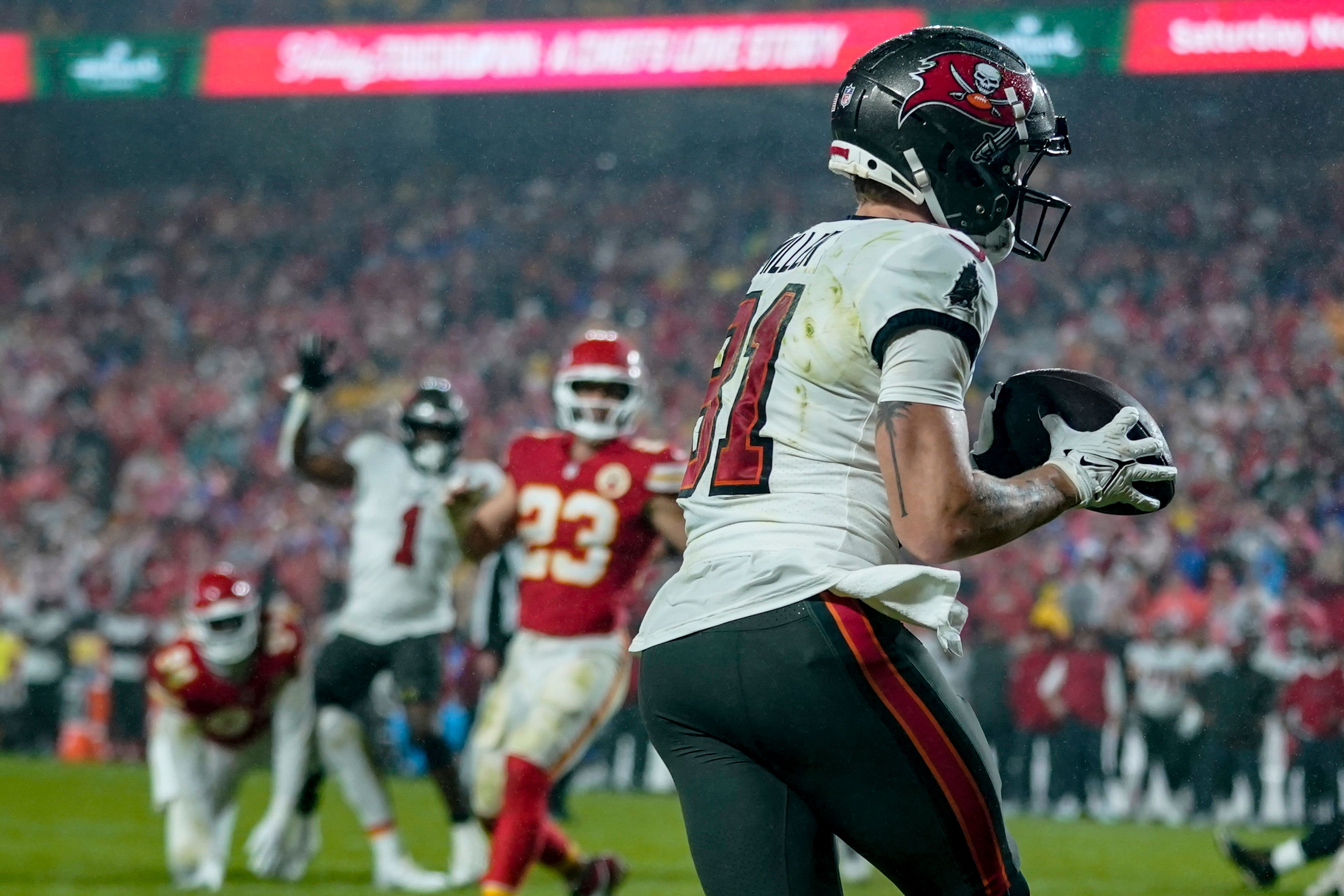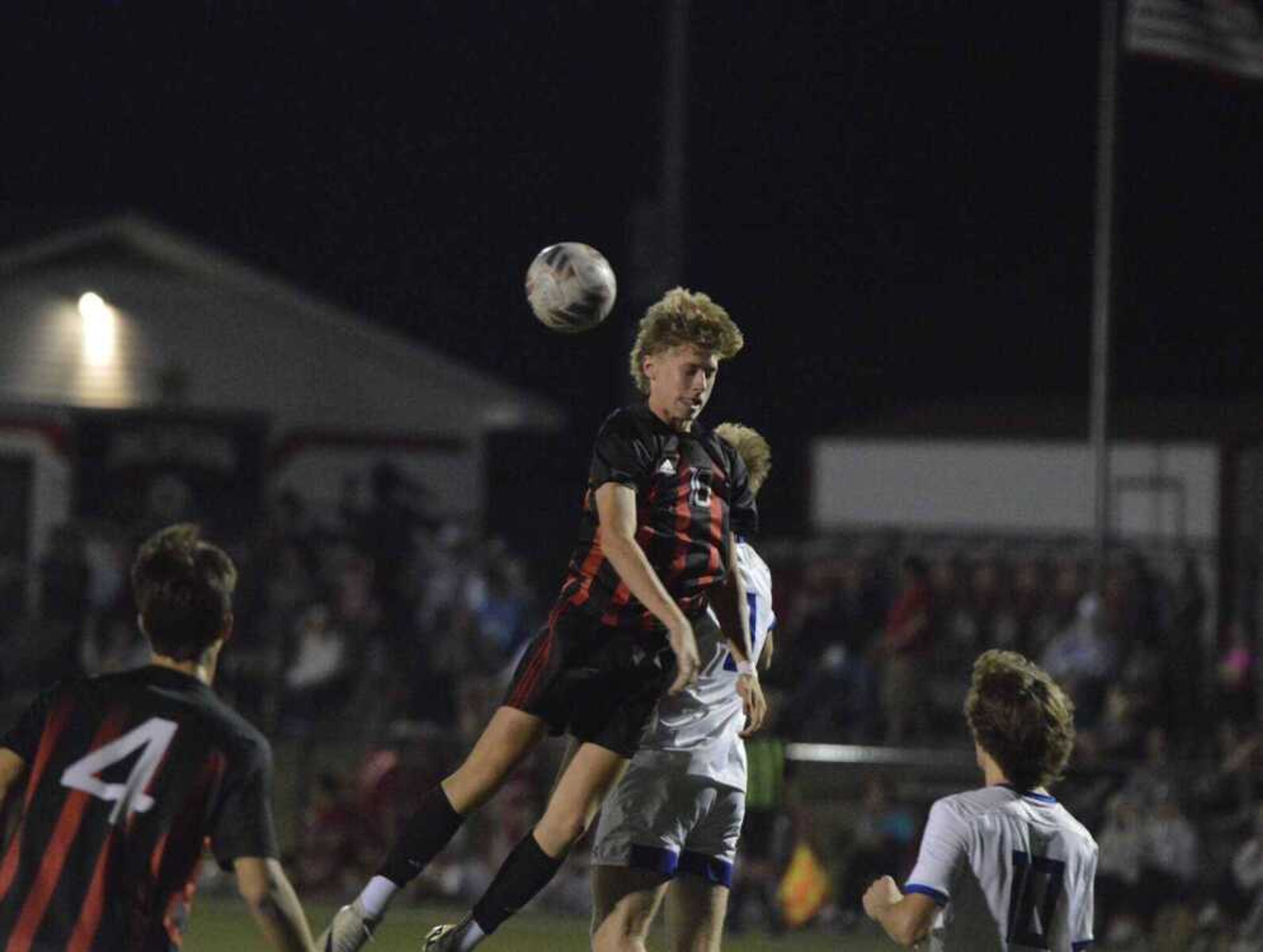Look out for deer on the highways
Fall ushers in brightly colored leaves, cooler temperatures and an increase in car collisions with deer. Chances for collision more than triple during late September, October, and November. The increase is largely due to the mating season known as the rut, but motorists can follow tips to reduce their chances for deer and vehicle encounters...
Fall ushers in brightly colored leaves, cooler temperatures and an increase in car collisions with deer.
Chances for collision more than triple during late September, October, and November. The increase is largely due to the mating season known as the rut, but motorists can follow tips to reduce their chances for deer and vehicle encounters.
As September ends deer are entering the mating season. Bucks spend a lot of time marking territory or chasing does. This means more bucks will cross roads.
Some collisions with deer are unavoidable, but there are things you can do to prevent one.
Watch for deer during the peak months of October and November. Nearly 25 percent of deer road kills happen in these two months because males spend more time marking territory, enlarging their acreage covered and chasing any doe that attracts them.
Know what times of the day will have the most deer out. Deer activity is highest near dusk and dawn as deer move between feeding and bedding sites. Extra alertness during these times will reduce collisions.
For most of use this means the commute to and from work is carries an elevated chance for encountering deer.
Watch areas where a road passes through a wooded draw or creek bottom. These are preferred travel routes for deer. Some times road signs tell you where these hot spots are, but not always.
Watch roadsides for deer or their eyes reflecting in the headlights. Deer respond to an oncoming car with unpredictable behavior. They may freeze, bolt away of run directly towards the vehicle. Slowing when you see a deer will improve your reaction options.
If you see one deer cross the road, slow down because another deer is likely to follow. While in rut a buck will chase does so they may be close behind with little awareness of their surroundings.
Do not endanger other drivers in trying to avoid a deer. Many of the severe injuries associated with deer/vehicle encounters result from loss of control when trying to avoid a deer. Maintaining control is more important than missing the deer. It could make the difference between vehicle damage from a deer collision and a head on collision with oncoming traffic or running off the road.
Every driver has to do his part to reduce the potential for a deer collision. The deer have a single focus and they will not be concerned with danger as in recent months, so extra caution is warranted on our part.
A.J. Hendershott is the outreach and education regional supervisor for the Missouri Department of Conservation.
Connect with the Southeast Missourian Newsroom:
For corrections to this story or other insights for the editor, click here. To submit a letter to the editor, click here. To learn about the Southeast Missourian’s AI Policy, click here.
